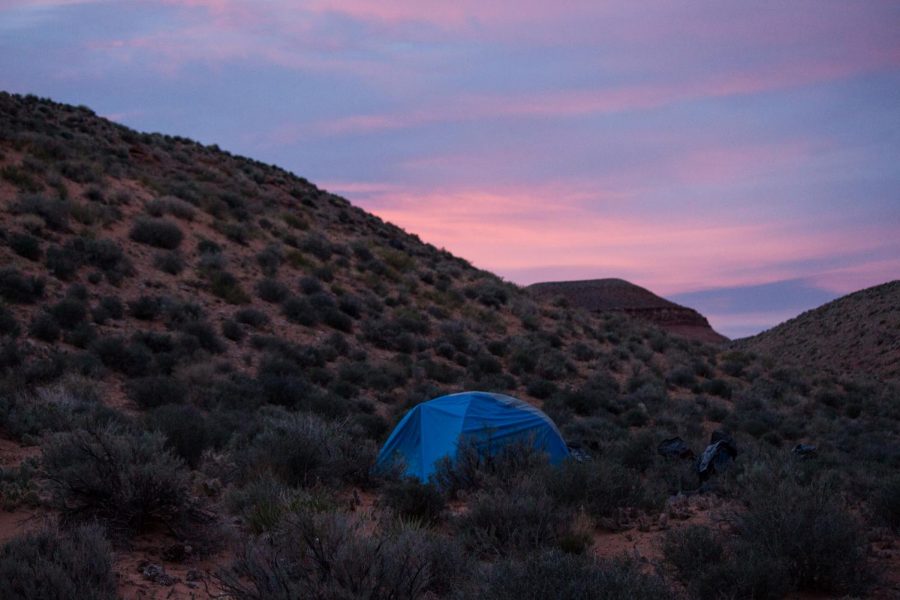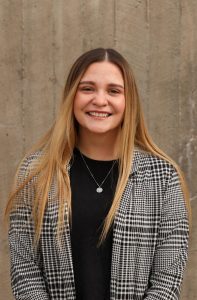U Students and Faculty Support Park City Becoming a Dark Sky Community
November 19, 2020
Park City, home to celebrities, ski resorts and the Sundance Film Festival, is considering becoming the next Dark Sky Community in Utah. This would mean reducing light pollution and allowing stars to be much more visible throughout the area.
The Park City Planning Department released a Planning Commission report asking for consideration of the city changing lighting codes to the International Dark-Sky Association Standards.
Many of the standards include minimizing the amount of light pollution and glare to conserve energy and resources, they also consider lighting areas for reasons of safety and utility.
Light pollution is considered to be excessive use of artificial light and has serious implications for humans, animals and the environment. The International Dark-Sky Association says the negative effects of light pollution are becoming more apparent.
“Artificial lights overpower the darkness and our cities glow at night, disrupting the natural day-night pattern and shifting the delicate balance of our environment,” their website said.
Only two dozen communities have taken on the role of a Dark Sky Community, many of whom are National Parks right here in Utah. Arches, Zion, Bryce and Capitol Reef National Parks are currently functioning examples of the benefits of a Dark Sky Community.
One of the advantages includes a clearer night sky. Science Advances published, “The new world atlas of artificial night sky brightness,” citing that 80% of Earth’s population lives under polluted skies, making it almost impossible to observe the galaxy above.
“Stargazing is my favorite thing about living in Park City. People come to Park City to escape cities and it’s a massive revenue base for outdoor activities, I think it would be very doable here,” said Jack Parker, a third-year emergency medicine student at the University of Utah.
Park City’s planning commission reviewed the plan during a meeting on Nov. 11 and will vote on it during the Park City council on Dec. 10. If it passes, residents and business owners will have time to change their lighting to make it in accordance with the new lighting codes by 2024.
Summit County created an ordinance describing what it will entail. Cut off lighting is required to be installed and no one will be permitted to use spotlights or floodlights. Holiday lights will still be permitted between the months of Nov. and April, but they must be turned off at midnight.
Utah continues to create more Dark Sky Communities with plans for Moab to follow suit. The U has also started the dark skies studies minor, which seeks to educate people about light pollution and its impact.
The minor was developed after receiving grant money from W.M Keck Foundation in 2019, allowing students to take three new courses dedicated to learning about light pollution science and community planning.
Fall 2020 welcomed its first capstone students of the minor.
“This semester’s Capstone course students taught local high school students, flew a drone outfitted with sensors to collect light quality data and will paint a mural depicting their learnings and impressions of dark skies in Salt Lake City,” said Daniel Mendoza, Visiting Assistant Professor of City and Metropolitan Planning and Research Assistant Professor of Atmospheric Sciences.
The students’ work is presented by Mendoza at community council meetings with proposing ordinances addressing light pollution in the cities.








